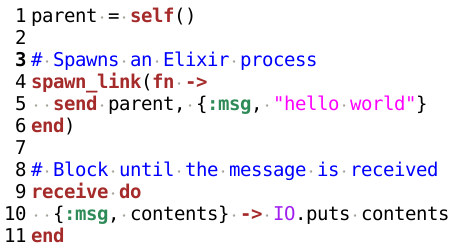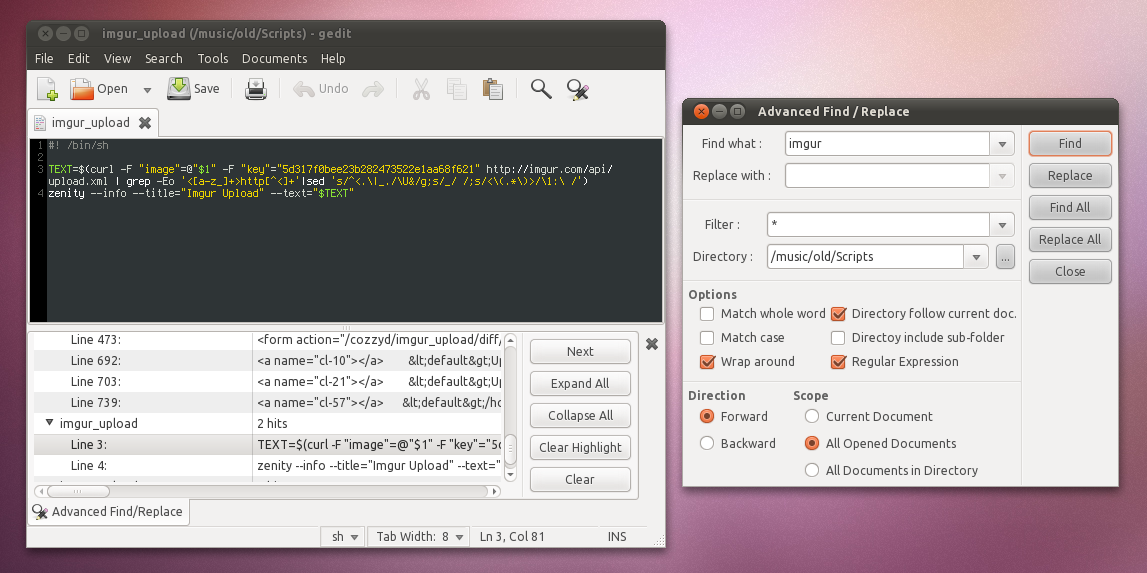

Or you can first put the cursor at the start point, and then hold Ctrl + Shift before using the mouse to select the end point.
#GEDIT PYTHON INSTALL#
alternatively in a terminal type sudo apt-get install gedit This will install Ubuntu's current favorate version of gedit. It is much faster than gedit to open a file and the column mode is quite convenient: just hold Ctrl + Shift when using the mouse to select the contents.
#GEDIT PYTHON WINDOWS#
With Linux you can simply to Ctrl + D and on Windows you need to press Ctrl + Z + Enter to exit. There are other ways to exit the interactive Python script mode too. You should be back to the command line screen that you started with initially. There is no debugger plugin for gedit yet, but winpdb can be used parallel with gedit. Try type gedit in a terminal and see if it opens. To exit interactive Python script mode, write the following: >exit() And, hit Enter. If you prefer a gui for debugging choose winpdb. To make this the default for all future users in your system, you can set system-wide dconf settings by storing them in a text file under /etc/dconf/db/local.d and running dconf update.Īs opposed to the EDITed part, you have control over this. To use pdb in interactive mode start pdb from the embedded terminal (just as seen in the screencast) by typing: python -m pdb yourpythonscript.py. ) In other words, to do syntax highlighting for Python 3.

Newer versions of Python greater than version 2 (ex. o need to install python-gobject might not come by default. $ dconf load /org/gnome/gedit/preferences/editor/ < gedit-settings.ini Gedit has two options for syntax highlighting for Python: Python Python2 Is the 'Python' option for: Older versions of Python less than version 2 (ex. $ gsettings set .editor tabs-size 4įor all gedit settings you could use $ dconf dump /org/gnome/gedit/preferences/editor/ > gedit-settings.ini Warning: the version provided by Debian is sadly broken (some error message about xcolor.sty ). Those are provided by texlive packages whose names vary depending on the distribution.
#GEDIT PYTHON PDF#
So for only the tabs-to-spaces you would use $ gsettings set .editor insert-spaces true gedit (3.22) gir1.2-webkit2-4.0 python3-markdown or pandoc if you want to export to PDF with pandoc, youll need at least pdflatex and lmodern. The way to read from / write to this is via gsettings get / gsettings set, or dconf dump / dconf load. This stores the settings in a binary database.

Gedit preferences, like other GNOME settings, are generally stored via the GSettings API, which is an implementation of the DConf specification. Note: Given that the default behavior is often times a matter of taste (and I think this is one such case), you might likely have to settle for what was posted in the Original answer below. You could contribute by developing the change (item 2 above). Then you would have to wait for it to be (1) accepted and (2) implemented.
#GEDIT PYTHON CODE#
I really miss comment folding since I have to write Java code with a lot of Doc comments Further reading and resources The design could be similar to Chrome ☺ So they could have some nicer tabs. You install it by extracting and copying the whole folder (with plugins!) to ~/gnome2/gedit. This means, you can access the current variables! The Better Python Console Plugin allows you to press F5 and execute the current code in an interactive Python console. #!/bin/sh cd $GEDIT_CURRENT_DOCUMENT_DIR if javac $GEDIT_CURRENT_DOCUMENT_NAME then


 0 kommentar(er)
0 kommentar(er)
